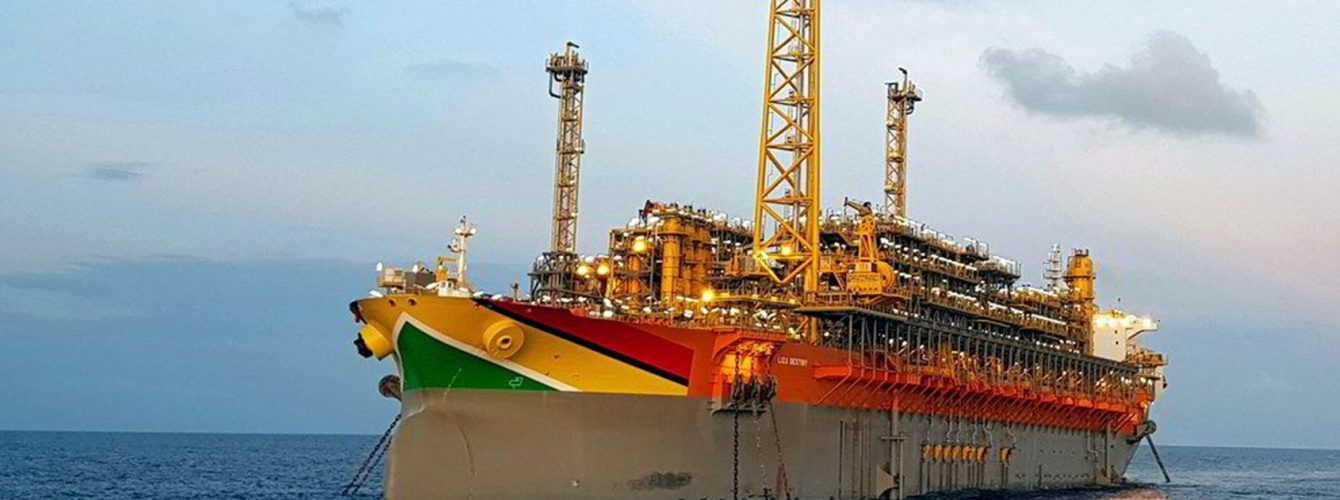US supermajor plans to install vast cable network linking onshore facilities to FPSOs in the giant Liza field
US supermajor ExxonMobil is looking to implement a high-speed fibre optic transport service for its main Guyana offshore developments in an attempt to improve productivity and support remote operations.
According to a study recently submitted to Guyana’s environmental protection agency EPA, ExxonMobil plans to install up to 550 kilometres of submarine fibre optic cable linking onshore facilities in the capital Georgetown to a pair of floating production, storage and offloading vessels in the giant Liza field.
The project’s workscope includes construction, installation, operation and maintenance of the fibre optic cable infrastructure.
The marine route will feature two lines from optical distribution units to the Liza Destiny and Liza Unity FPSOs. A potential third line will serve the Prosperity FPSO in the Payara field, but ExxonMobil said that particular project is still pending approval.
ExxonMobil is proposing to begin onshore civil work for the construction of the cable landing stations by the end of the year and complete installation of the fibre optic network with the use of a cable lay vessel by the third quarter of 2021.
The Liza Destiny FPSO started production from Liza in December 2019 and will be the first unit to be linked to the new fibre optic technology, to be followed by the Liza Unity floater in 2022.
“This connection will establish a foundation for high-speed/low-latency connectivity of onshore and offshore facilities as they become operational,” ExxonMobil said in the document.
The system will allow implementation of digital technology to improve field access data and planning, and support reliability of process monitoring and inspection.
Marine fibre optic cables typically range from 17 to 21 milimetres for deep-water projects, and from 40 to 50 milimetres for more heavily armoured gear used in nearshore or harsh environments.
—
Source: Upstream | This text was excerpted from the media outlet cited on November 30, 2020 and is provided to Noia members for information purposes only. Any opinion expressed therein is neither attributable to nor endorsed by Noia.






